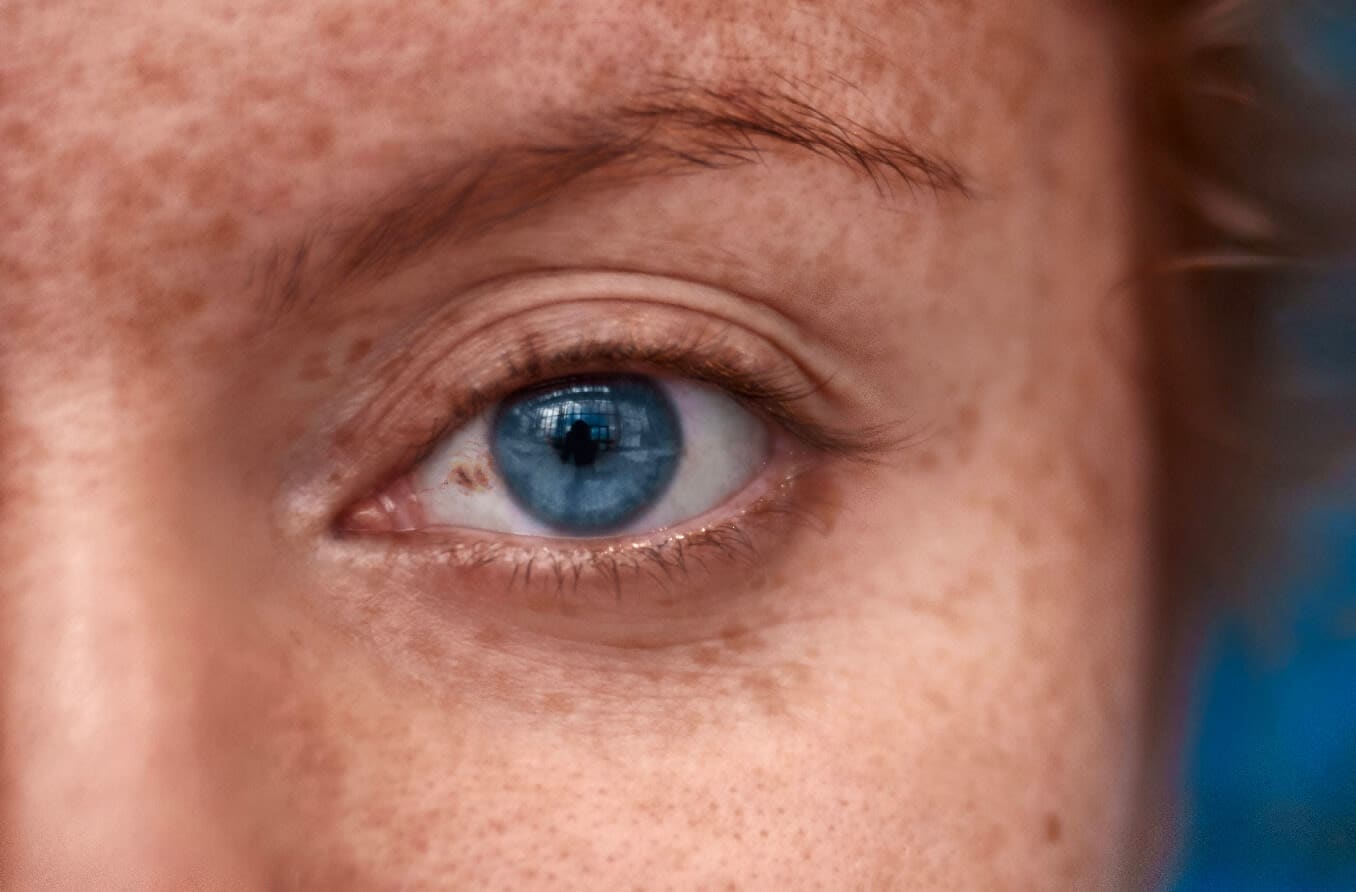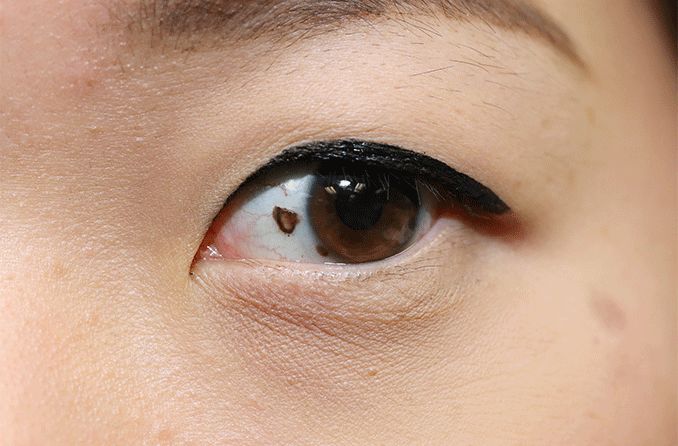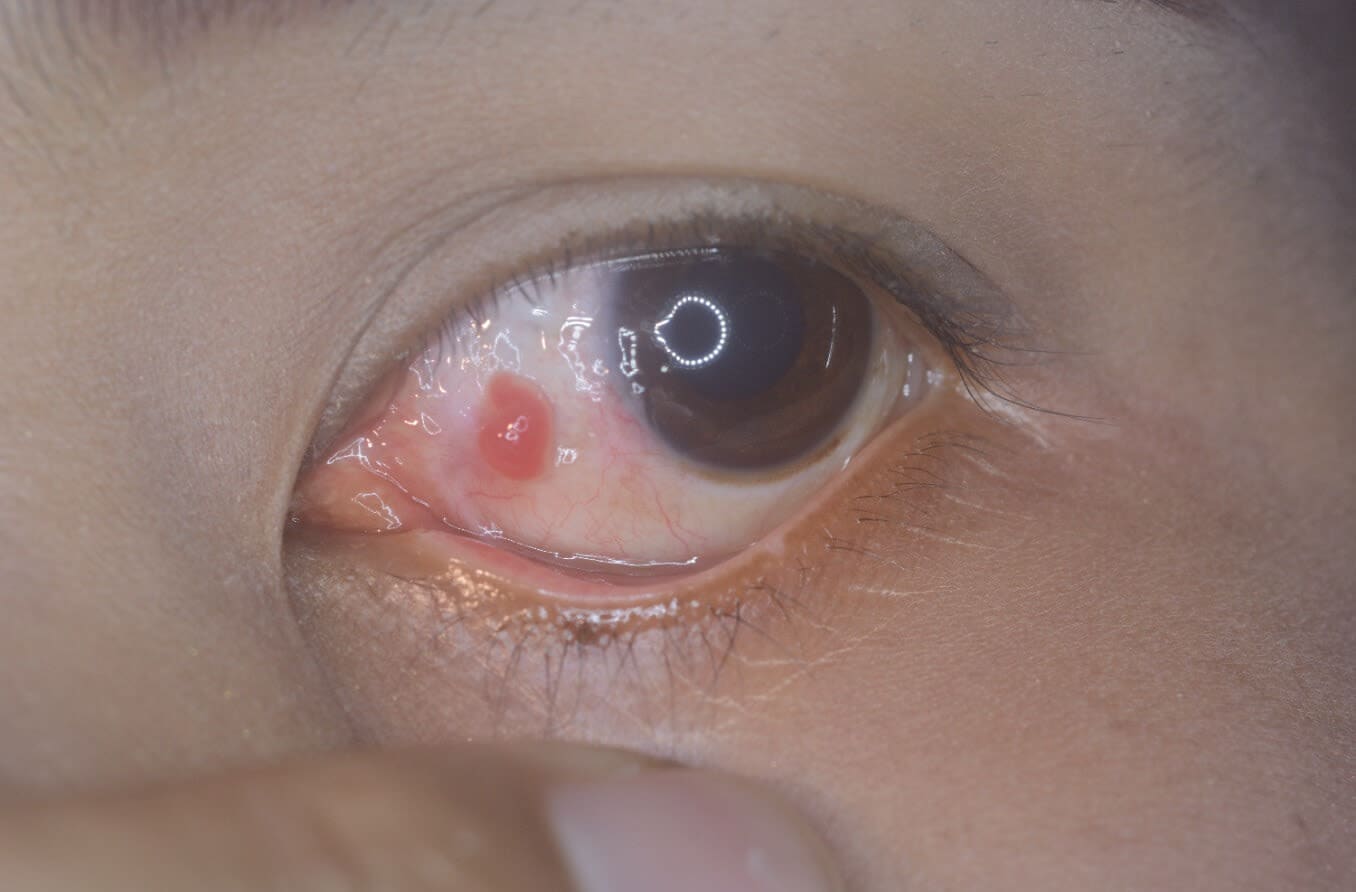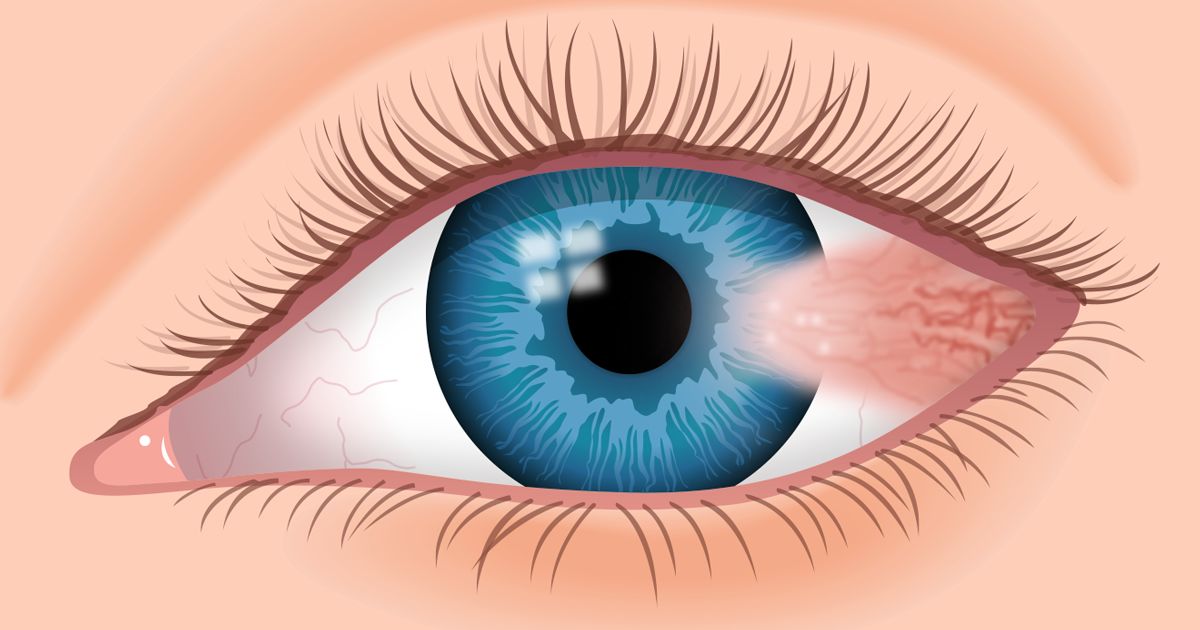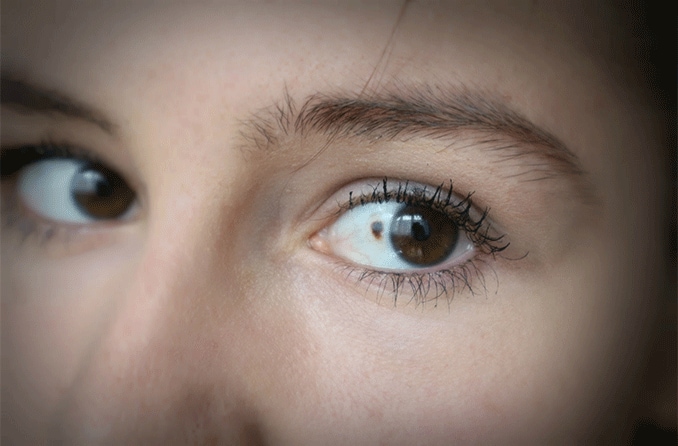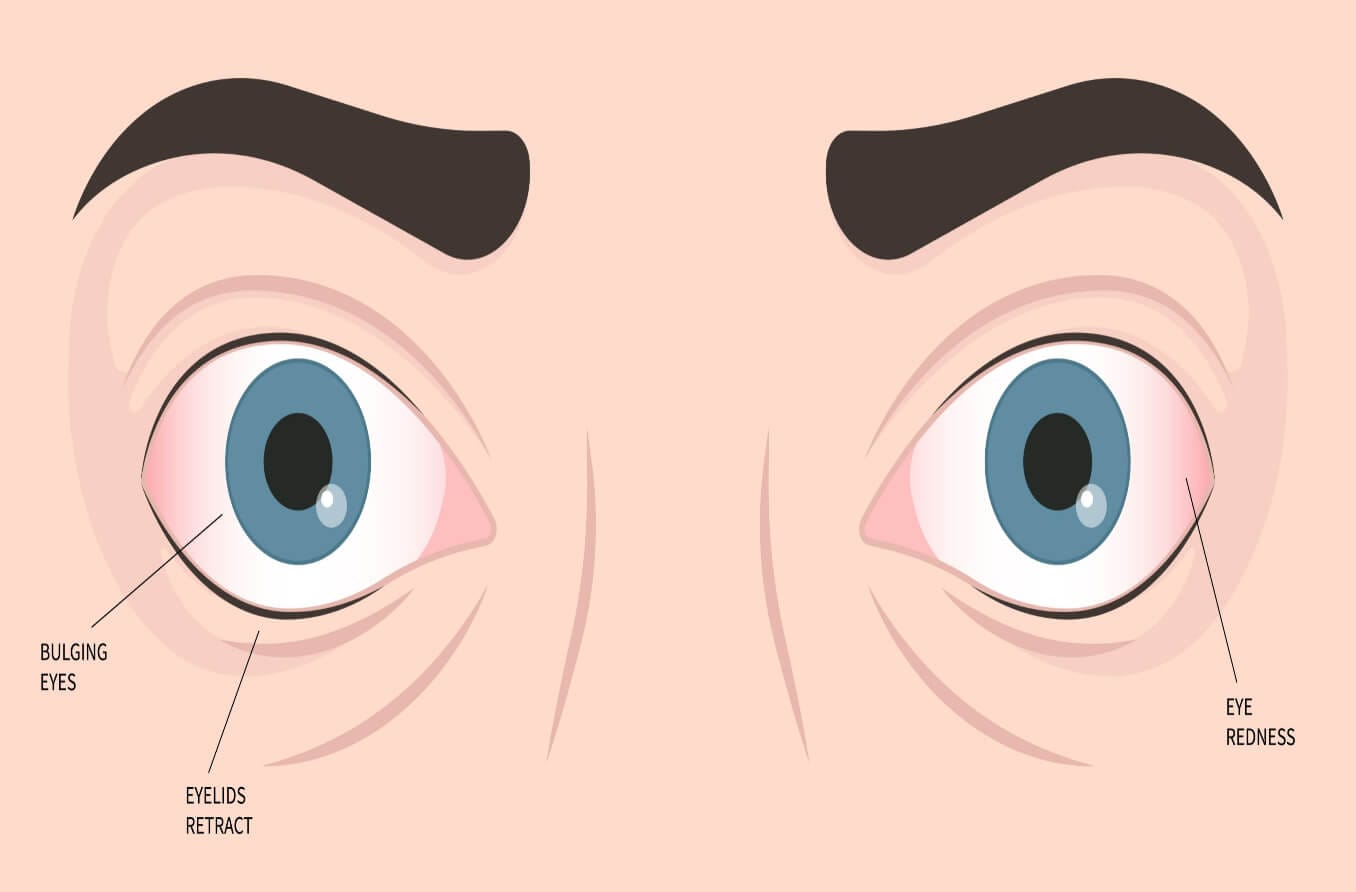What are the top eyelid cancer risks?
Two principal parts of the eyelid are prone to cancer: the skin and the glands that secrete oil and sweat. According to the American Society of Clinical Oncology, these are among the top factors contributing to eyelid cancer:
Sun exposure – Ultraviolet radiation from the sun can cause skin cells to grow too rapidly and cause eyelid cancer.
Light skin – If you have a fair complexion and get freckles instead of a tan when you’re out in the sun, you’re more likely to develop cancer in your eyelids.
Age – Some cancers of the eyelid are more common after age 50.
Health history – Sunburn, injuries and some diseases may elevate the risk of eyelid cancer. A weakened immune system is another risk factor. If you’ve had skin cancer somewhere else, you’re more apt to develop eyelid cancer.
Eyelid cancer prevention
The sunglasses that protect your eyes from the sun’s ultraviolet rays can also prevent skin cancer in your eyelids. Look for sunglasses labeled UV 400 or “100% UV protection” to keep your eyes and eyelids as safe from the sun as possible.
Sunscreen can also protect your eyelids. The Skin Cancer Foundation recommends:
Using sunscreens with mineral formulas like zinc and titanium, which are designed for sensitive skin.
Buying stick-style sunscreens, which are easier to apply than creams and sprays.
Wearing a broad-brimmed hat, which keeps your face shaded.
READ MORE: Has UV exposure been linked to eye cancer?
What are the most common types of eyelid cancer?
The varieties of eyelid cancer generally depend on which tissues they attack. Some attack the main layers of the skin known as the epidermis. Others form in glands of the eyelid. If you have eyelid cancer, it’s most likely to be one of the following types, according to the American Academy of Ophthalmology (AAO):
Basal cell carcinoma – About 90% of eyelid cancers happen in the basal cell layer, which is below the squamous layer (the skin’s top layer). Basal cell carcinoma typically strikes the lower lid of somebody with pale skin.
Squamous cell carcinoma – These cells in the squamous layer account for about 5% of all cancers of the eyelids. Though squamous cell carcinoma is far less likely than basal cell carcinoma, it can spread more rapidly.
Sebaceous carcinoma – The sebaceous glands of the eyelid may develop cancers in people of middle age and older. This cancer, called sebaceous carcinoma, usually happens in the upper eyelid and can be extremely aggressive.
Melanoma – Cells known as melanocytes in the deepest layer of the epidermis may develop malignant melanoma. While melanoma is far less likely than the other three varieties of eyelid cancer, it’s considered the most dangerous. [Read about ocular melanoma.]
A tumor known as keratoacanthoma may also happen in the eyelids of older men with light skin. Eye doctors take special care to distinguish this tumor from one caused by squamous cell carcinoma.
SEE RELATED: Eyelid papilloma: Benign eyelid tumors and Pyogenic Granuloma
What are the primary eyelid cancer symptoms?
Any change in the shape or coloration of your eyelids is worth getting checked out by your eye doctor, especially if the lids thicken or develop lumps. It doesn’t mean you have cancer, as the eyelids are susceptible to a range of maladies including eyelid dermatitis.
These are the symptoms of the most common eyelid cancers listed above, courtesy of the AAO:
Basal cell carcinoma – Bleeding, ulceration; skin lesions that do not heal; loss of eyelashes; distorted eyelid margins.
Squamous cell carcinoma – Skin lesions and discoloration. Some people develop a lump on the eyelid called a cutaneous horn.
Sebaceous carcinoma – Yellowing and thickening of the eyelid skin.
Melanoma – Skin lesions that are asymmetrical with irregular borders and varying colors.
Once your doctor examines your eyelids, it’s time to figure out what to do next.
How do doctors diagnose and treat eyelid cancer?
A biopsy will help your doctor confirm the existence of cancerous cells. If cancer is found, surgery may be an option. A procedure called Mohs surgery has been developed specifically for the removal of skin cancer and is often used in the treatment of eyelid cancer.
A report from the Skin Cancer Foundation describes the sequence of Mohs surgery: The surgeon cuts out a layer of skin containing cancerous cells and checks a sample of remaining cells under a microscope. This procedure is repeated until all cancer cells are gone.
You may have to wear an eye patch for a few days and you might have a black eye for a while. Some cancers, particularly squamous cell types, may be treated with cryotherapy, which deploys extremely cold liquid nitrogen to destroy cancerous tissues.
If the cancer has spread to the lymph nodes or other parts of the body, radiation and chemotherapy may be required.
What should I do if I think I have eyelid cancer?
The best route is to contact your eye doctor as soon as possible. The sooner you figure out what’s happening, the faster you can get treatment started.
Your doctor has to rule out an array of conditions before narrowing a diagnosis down to an eyelid cancer, and in those cases, they may refer you to a more specialized doctor, such as an oculoplastic surgeon (a type of ophthalmologist), a dermatologist and/or a pathologist.
The most important thing is to protect the health of your eyelids because they protect the health of your eyes.
READ NEXT: Eye cancer: Types, symptoms and treatments



